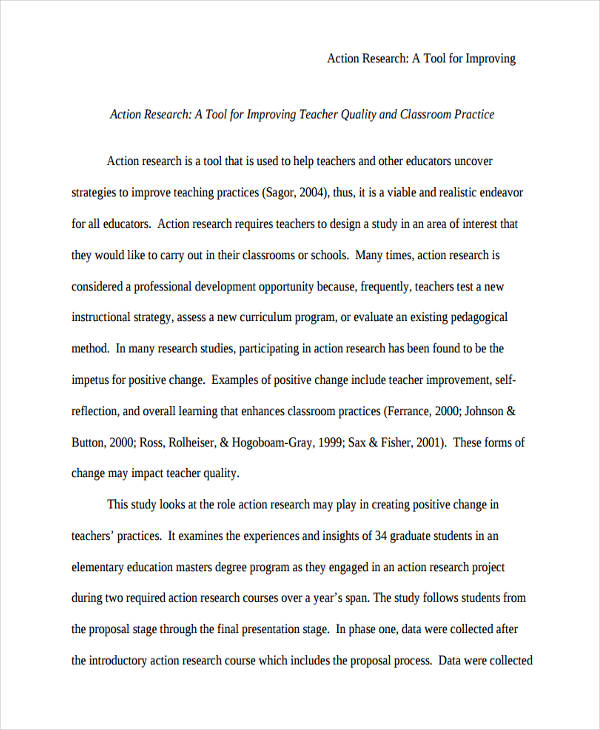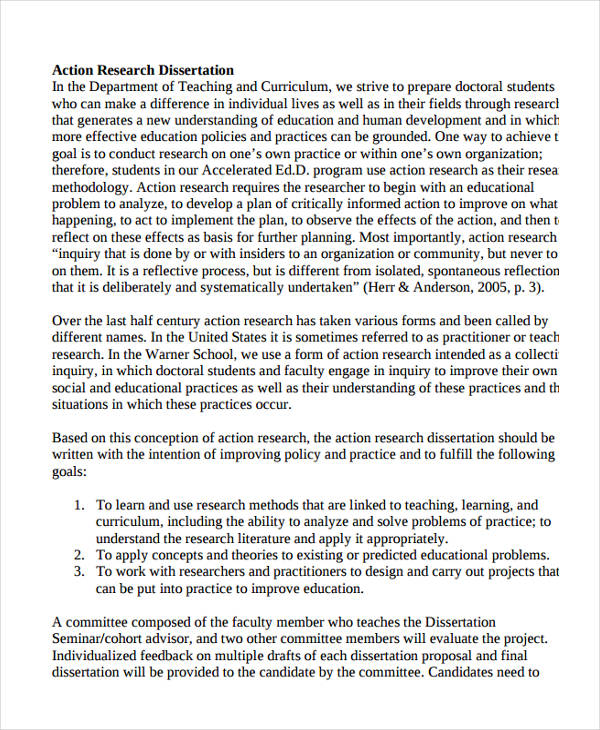12+ Action Research Proposal Examples to Download
An Action Research Proposal is a practical approach to solving specific challenges in communities, organizations, or educational settings. It emphasizes identifying issues, implementing solutions, and evaluating results in real-time, blending inquiry with action for meaningful, sustainable change. Whether for a grant proposal, conference proposal, or a simple proposal, it provides a structured framework to align theory with practice.
This proposal empowers individuals and teams to collaborate, reflect, and improve continuously. By focusing on actionable solutions, an Action Research Proposal serves as a blueprint for driving impactful change, making it an ideal tool for securing funding, presenting ideas, or implementing innovative strategies.
What is Action Research Proposal?


Action Research Proposal Format
1. Title Page
The title page should include the title of the proposal, the name of the researcher(s), the institution or organization, and the date of submission.
2. Abstract
The abstract is a brief summary of the research problem, objectives, methodology, and expected outcomes. It provides a concise overview in 150-250 words.
3. Introduction
The introduction provides the background and context of the problem being addressed. It highlights the purpose of the research and explains its significance and relevance.
4. Research Problem/Statement of the Problem
This section clearly defines the issue being investigated. The problem should be described concisely to provide focus and clarity.
5. Objectives of the Study
The objectives outline the specific goals of the research. This includes the research questions or hypotheses that guide the study.
6. Literature Review
The literature review summarizes relevant studies, theories, and concepts related to the research problem. It identifies gaps that the proposed study aims to address.
7. Methodology
This section describes the research design, including whether the study is qualitative, quantitative, or mixed-methods. It explains the participants or subjects involved, data collection methods, and the data analysis plan.
8. Action Plan
The action plan details the steps for implementing solutions to the identified problem. It includes a timeline for each phase of the research and actions to be taken.
9. Expected Outcomes
This section outlines the anticipated results or impact of the research. It explains how the findings will address the problem and contribute to meaningful change.
10. Budget (if applicable)
If funding is required, this section provides an estimate of the costs associated with the research project.
11. References
This section lists all the sources cited in the proposal, formatted according to a standard referencing style such as APA or MLA.
12. Appendices (if applicable)
Additional materials such as questionnaires, charts, or schedules are included in the appendices to support the main content.
Action Research Proposal for Classroom Problem

Action Research Proposal for Teaching Strategies

Action Research Proposal for Reading Comprehension

More Examples on Action Research Proposal
Participatory Proposal

Educational Action Research Sample Proposal

Classroom Action Research

Project Proposal Example

Proposal for Teachers

Dissertation Proposal

Education Proposal Example

Action Research Proposal Format

Simple Action Research Proposal

Course Project Action Research Proposal

Download
How to Create an Outstanding Action Research Proposal

- Identify a Clear and Relevant Problem
Focus on a specific, actionable issue that directly impacts your field or area of interest. - Set Measurable Objectives
Define clear, achievable goals that address the problem and outline what success will look like. - Develop a Structured Methodology
Choose appropriate research methods, including data collection and analysis techniques, to ensure credible results. - Propose Practical and Feasible Actions
Design interventions or strategies that are realistic, effective, and aligned with the research goals. - Emphasize Expected Impact
Highlight how the proposed research will bring meaningful improvements and contribute to knowledge or practice.
How to Write an Action Research Proposal

- Identify the Problem
Clearly define the issue or challenge you aim to address. Focus on a specific and actionable problem that is relevant to your field or environment. - Set Clear Objectives
Outline the goals of your research, ensuring they are specific, measurable, achievable, relevant, and time-bound (SMART). - Conduct a Literature Review
Research existing studies and theories related to your problem. Use this to build context, identify gaps, and justify your proposed research. - Develop a Methodology
Choose appropriate methods for data collection and analysis. Specify whether your research will use qualitative, quantitative, or mixed methods. - Create an Action Plan
Detail the steps you will take to implement your research. Include timelines, resources, and interventions for addressing the problem. - Highlight Expected Outcomes
Describe the anticipated impact of your research and how it will address the problem effectively. - Prepare a Budget and References
If applicable, include a budget outlining necessary resources and costs. List all sources used in your research to ensure credibility and transparency.
FAQs
What are the 7 steps of action research?
Identify the problem.
Gather data.
Analyze data.
Develop an action plan.
Implement the action plan.
Evaluate the outcomes.
Reflect and revise.
What are the 3 common elements of action research?
Collaboration among participants.
Problem-solving focus.
Iterative and reflective process.
What are the 3 C’s in action research?
Collaboration.
Communication.
Commitment.
How does action research benefit educators?
Action research allows educators to identify challenges, implement strategies, and evaluate their effectiveness, resulting in improved teaching practices and student outcomes.
What is the primary goal of an action research proposal?
The primary goal is to address a specific problem through actionable solutions and provide measurable improvements in a particular context.


